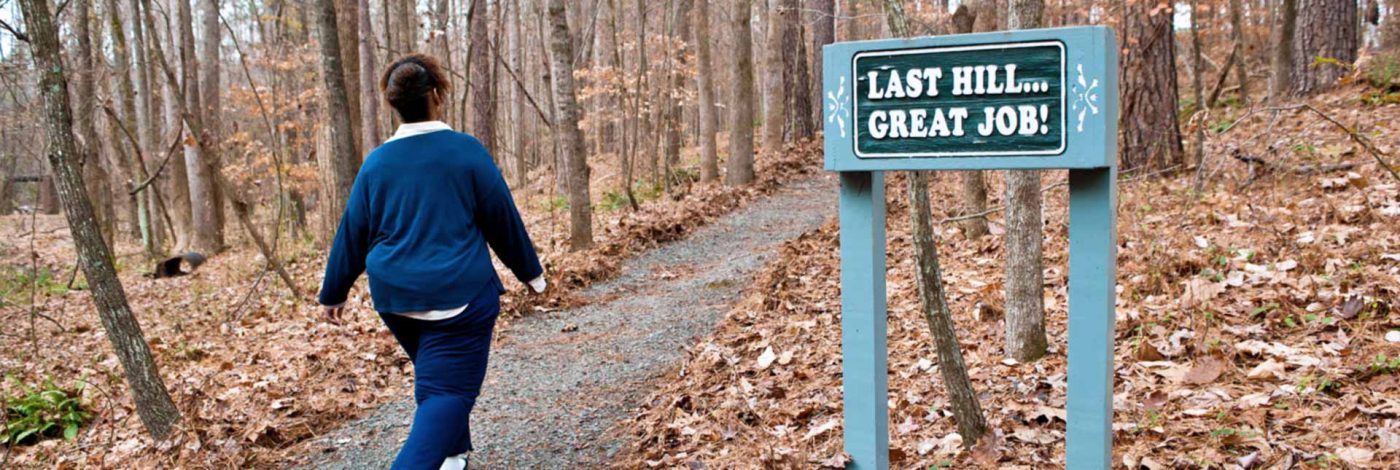Part II – Footwear
I think it’s safe to say, that these days a lot of us have some type of dysfunction with our feet. Since our bodies are one continuous chain of energy, if there is dysfunction at the foot or ankle level, it will cause increased stress in other joints up the chain such as the knees, hips or lower back. While I’m not going to recommend that you immediately begin a barefoot walking regimen, I do think you should work towards being able to walk comfortably in your birthday shoes as a future goal. The barefoot is the perfect walking shoe. When conditioned in the right way, it allows for proper landing and push off.
The problem is most of us are so used to wearing modern footwear, we have lost strength and stability in the foot that allows for pain free movement. So keep your shoes on, for now, but try to slowly transition to shoes with less support and, most importantly, zero drop heels (in other words, a shoe with no difference in height between the heel and toes). For reference, even most athletic shoes have about an inch of heel lift. Over time this position shortens the Achilles tendon which can affect the entire chain of muscles in the back of the body negatively. Aside from changing your shoe selection for your walks, also try going barefoot whenever possible, such as around the house. These tips should get you started, but stay tuned for a full article on training the foot. Exciting!
Where to Walk
Q: Are walking on the treadmill and walking outdoors the same?
A: Not even close.
Actually, these two activities are polar opposites of one another. Walking outside involves regular gradient changes (unless you’re on a track or live in Florida), uneven surfaces, as well as scenery changes that stimulate the brain and eyes in a more natural way. Temperature becomes a factor as well. The farther away from room temperature in either direction, the higher the amount of calories burned. Lastly, you are now health multi-tasking because along with walking you can also take advantage of the sun’s UV rays and make yourself some Vitamin D, the modern world’s most common nutrient deficiency.
Aside from all these differences, there is one major difference we should be aware of. The gait pattern of a treadmill walker is driven by hip flexion since the ground is moving and your legs must be pulled forward to keep up with the track. The muscles that cause hip flexion (psoas, iliacus, rectus femoris etc.) tend to be extra tight already due to our sitting habits. So when walking on a treadmill, we are just overusing already tight muscles.
Walking on solid ground, however, requires hip extension and thus, an entirely different group of muscles. In order to push off to make the next step, we use our glutes, hamstrings, calves, and even the muscles under the foot. This chain of muscles happens to be the largest muscular group (use of these muscles burns more calories than using other muscles) as well as the weakest in modern society. Weakness in these posterior chain muscles lends itself to all sorts of orthopedic problems. So do your knees, hips, and back a favor, and take the trail instead of the treadmill.






